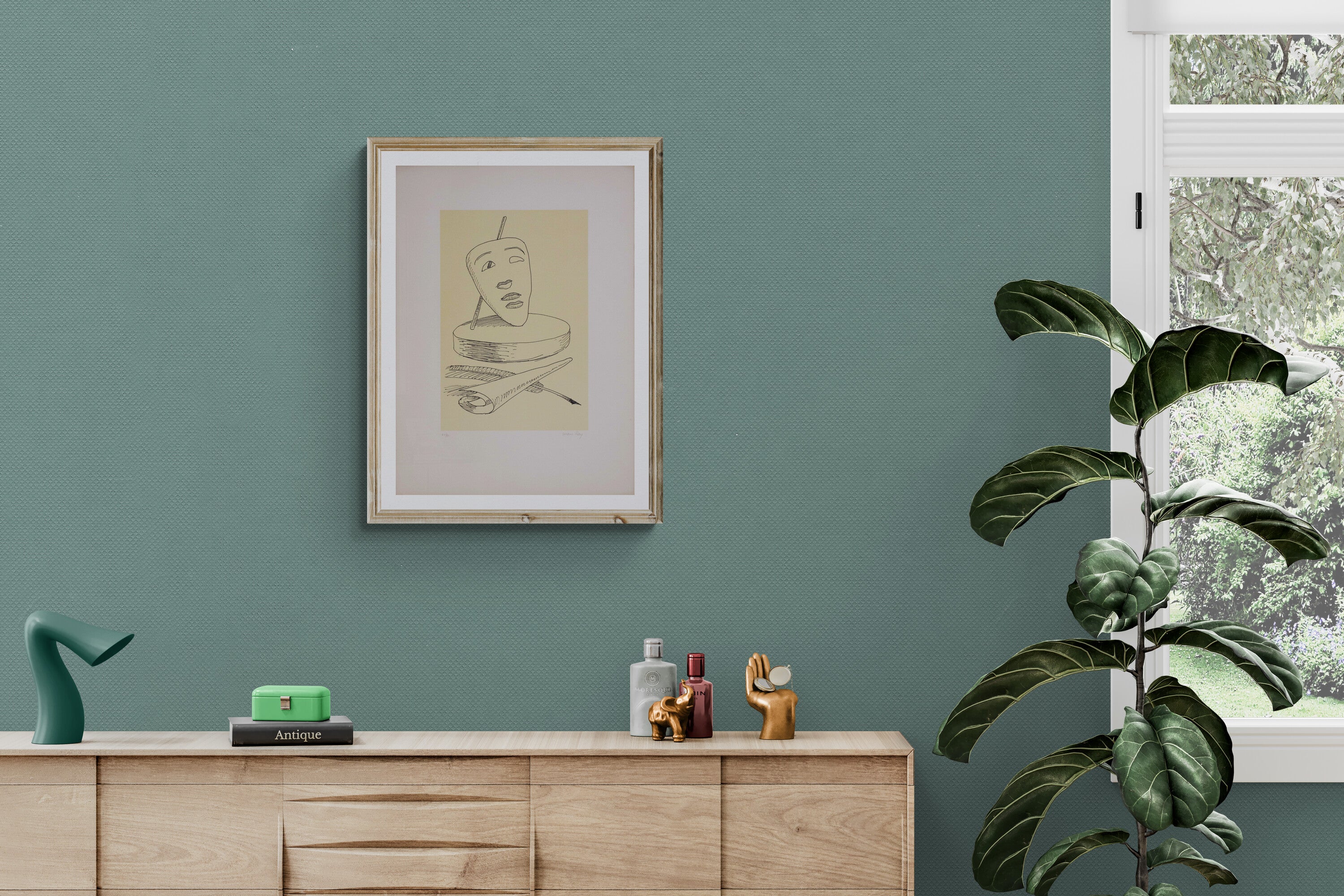Arturo Carmassi biography
- ARTURO CARMASSI PAINTER

Arturo Carmassi was an Italian sculptor and painter. He was born in Lucca in 1925 and moved as a child to Turin with his family.
Arturo Carmassi attended the Fontanesi Landscape School and for a short time also the Albertina Academy, where he came into contact with artists who inspired him to start his career as a painter and sculptor. The Piedmontese city at the time was strongly influenced by neo-Cubist trends which did not overly influence the artist, who always carved out a space of independence and absolute originality.
After moving to Milan in 1952, the painter began to engage with international movements related to painting and sculpture, coming into contact with the historical avant-gardes of the time. Indeed, in his works from the 1950s, one can glimpse those surrealist elements that influenced him during those years of his professional growth and which he began to abandon only after about a decade of intense activity.
At the end of the 1960s, Arturo Carmassi seems to overcome surrealist tendencies and recover the objective data of the image. The main subjects of his paintings and works return to being landscapes and figures. We can say that Arturo Carmassi's style undergoes continuous evolutions and changes, often influenced by his friendships and associations. His mentors included Patrick Wallberg, a poet close to André Breton, and Jean-Marie Drot himself.
Arturo Carmassi dedicated most of his life to painting, sculpture, and engraving, with a dedication hard to find in a contemporary artist, earning the deep esteem of many prominent figures in the Italian and international scene.
The artist experimented with multiple techniques, often very different from each other, in a continuous evolution and growth: from collage, to oils, to the use of unconventional materials such as wax, cardboard, fabrics, and wood. His style was also enriched by international trends, thanks to numerous trips abroad throughout his life.
In the last years of his career, Arturo Carmassi preferred to retire to the Tuscan countryside, in Torre di Fucecchio, between Florence, Pisa, and Lucca. In his homeland, the artist mainly devoted himself to lithography and copperplate engraving until the last years of his life.
The late 1960s also coincide with the period of greatest fame for the artist, especially among the general public. Internationally, there were many occasions when he was invited to participate or when his works were exhibited even after his death. By way of example, special mention should be made, in chronological order, of: the exhibition at the Brooklyn Museum held in New York in 1957; the Amsterdam Biennale of 1958; The New Generation in Italian Art, held in Dallas, San Francisco, and New York in 1960; the Triennale Internationale de Gravure sur Bois, held in Germany, Switzerland, and Brazil between 1975 and 1979; and finally, the National Museum of Modern Art in Tokyo and Kyoto in 1976.
His figure is inseparably linked to that of another beloved artist of his time, namely Andrea Camilleri, who mentions him several times during his interviews and in his works as a sublime painter of the 20th century. The tributes to the artist Arturo Carmassi do not end here. Jean-Marie Drot says of him that he is one of the greatest artists of his time, who still deserves to be recognized the place he merits in the European and international panorama. Admired by critics, Arturo Carmassi is considered one of the leading exponents of 20th-century painting and, even after his death, there have been many exhibitions and shows, including international ones, that have sought to pay him proper tribute, demonstrating how his fame extended beyond national borders.
Arturo Carmassi died in Fucecchio, in the province of Empoli, in 2015.



